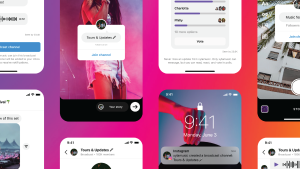With the threat of TikTok being banned completely in the US, updated music libraries for businesses, Meta verification and Instagram’s new messaging tool, it’s been a busy month for social updates.
Will we be saying goodbye to TikTok?
There has been an announcement from the US House Foreign Affairs Committee, which voted to give President Joe Biden the power to ban the Chinese-owned app. He has deemed this necessary amid discussions about the apps potential connections to the China Communist Party.
But what are the actual concerns about TikTok? A law China implemented in 2017 requires companies to give the government any personal data relevant to the country’s national security. There’s no evidence that TikTok has turned over such data. The FBI have warned that the app could be doing this. To be honest, it’s giving conspiracy theory. TikTok responded with the below statement:
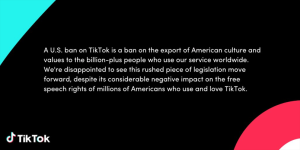
If the fate of TikTok is left to an 80-year-old man, I’m guessing a lot of people won’t be happy. Myself included.
TikTok have updated their Commercial Music Library
On a more positive note! TikTok is enhancing its Commercial Music Library Catalogue with more royalty-free sounds for brands. As an audio-first platform that rewards users who creatively adopt viral sounds, TikTok is nurturing small businesses by expediting their creative processes and boosting their shot at virality. In its partnership with Elias Audio Branding, the platform has crafted 10 custom sounds that include a combination of music, voice overs and directional cues that can be used in organic and paid content.
TikTok says that Sounds for Business tracks ranked in the 1% of sounds in creates, views, likes and shares on the Commercial Music Library in the past two months.
How will this benefit brands? While creators and users can add licensed music to their TikToks, businesses are limited to audio in the Commercial Music Library. It can be trickier for brands to jump on audio trends, but Sounds for Business helps you produce engaging, interesting content.
The new update comes as TikTok has been furthering its push into the field of advertising and marketing. Earlier this month, it added new targeting and boosting features for its Promote advertising tool. Given TikTok’s interest in asserting itself as an e-commerce platform, it’s no surprise that it’s looking to build out its advertising and marketing suite.
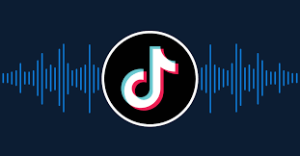
Meta verified.
A fortnight ago, Mark Zuckerberg confirmed that Meta is testing a Verified programme, which lets users buy verification on Facebook and Instagram, much like the Twitter Blue feature. Subscription is priced at $11.99 USD per month on the web or $14.99 per month on iOS and Android. Subscribers get a verified blue checkmark, proactive account protection, access to account support and exclusive features. They’ll also receive increased visibility and reach in search, comments and recommendations. But here’s the catch, you will have to pay two separate subscriptions if you want verified on Facebook and Instagram. I smell a shakedown!
Meta is testing the scheme in Australia and New Zealand later this week, with plans to expand the feature soon.
Should brands buy into this? Meta says businesses aren’t eligible to apply for Meta Verified right now, but it’ll no doubt become an eventuality. If you’re already verified, don’t worry though, Meta have said the following: ‘As we test and learn, there will be no changes to accounts on Instagram or Facebook that are already verified based on prior requirements.’
Subscription models are becoming something of a trend among platforms, but it’s hard to say whether Meta’s offering will take off. Reports from mid-January show only 180k have signed up for Twitter Blue. And with 450 million monthly users, this isn’t anything to write home about.
It’s also worth noting that Verified features won’t impact all subscribers equally. Small-scale brands might find increased reach more impactful than a brand with millions of followers because your audience is smaller.
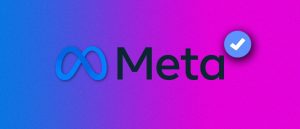
Instagram’s new messaging tool brings you closer to your fan community.
After the feature was spotted in development last summer, Instagram has confirmed it’s testing broadcast channels. Broadcast channels, formerly coined public broadcast chats – is a one-to-many public messaging feature similar to Telegram. Creators can share photos, videos, texts, GIFs and polls in an unlimited number of channels. Members of the channel can react to messages and participate in polls but can’t post their own content.
What this means for brands. Broadcast channels gives brands Telegram’s messaging capabilities without the need to build out an audience on a separate platform.
It’s also low maintenance in terms of community management, as you’ll get feedback from followers through reactions, but you won’t get spam, trolling or abusive messages. Engage with your Instagram community and incentivise followers to subscribe by offering benefits like exclusive updates on product drops, sneak peeks of upcoming content or giveaways and discount codes to your most loyal fans.
Or use channels as a community feedback tool and gain insight on what followers want to see from you in the future. Upcoming features, according to Adam Mosseri, include the ability to add guest creators as authors and a Q&A prompt.
